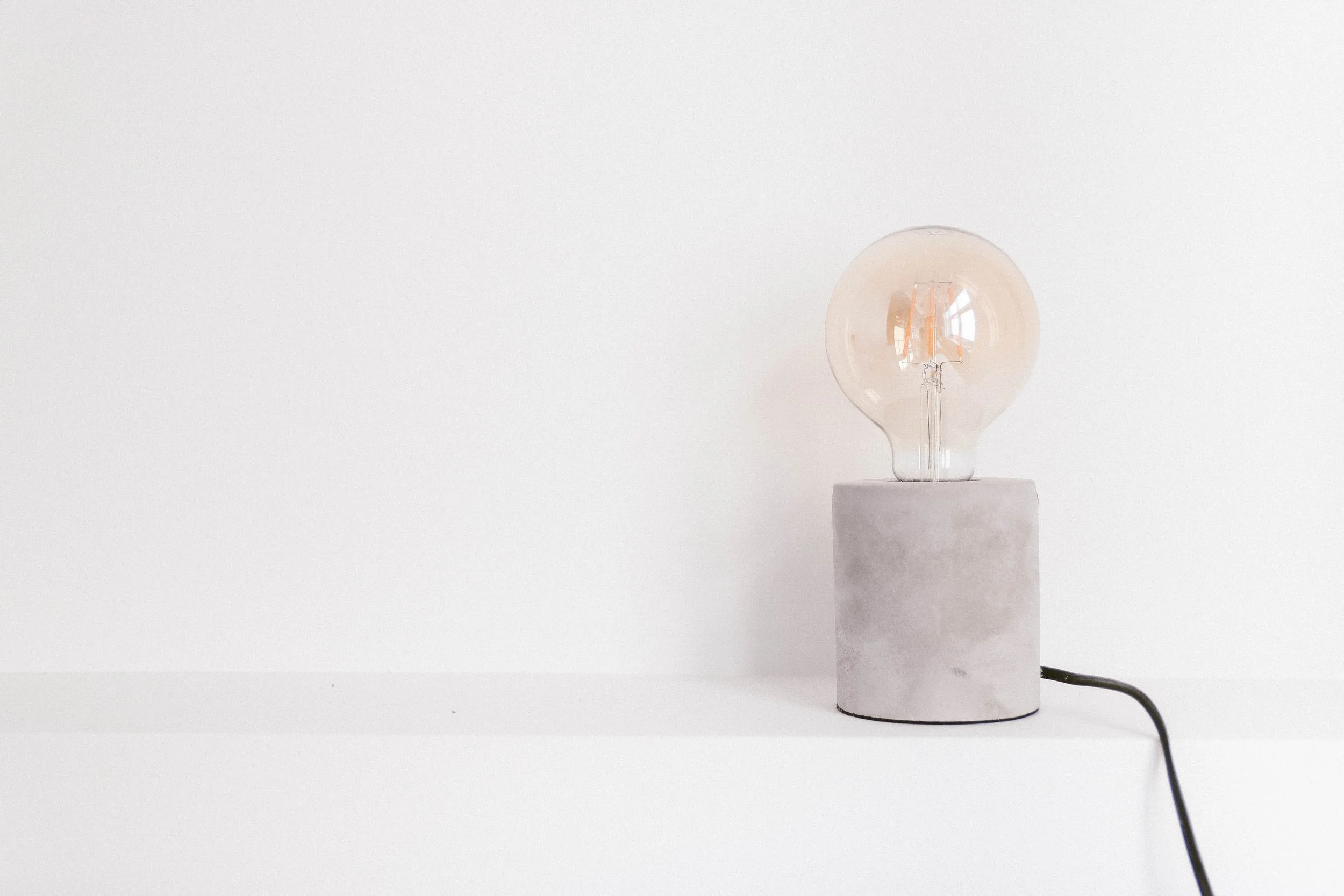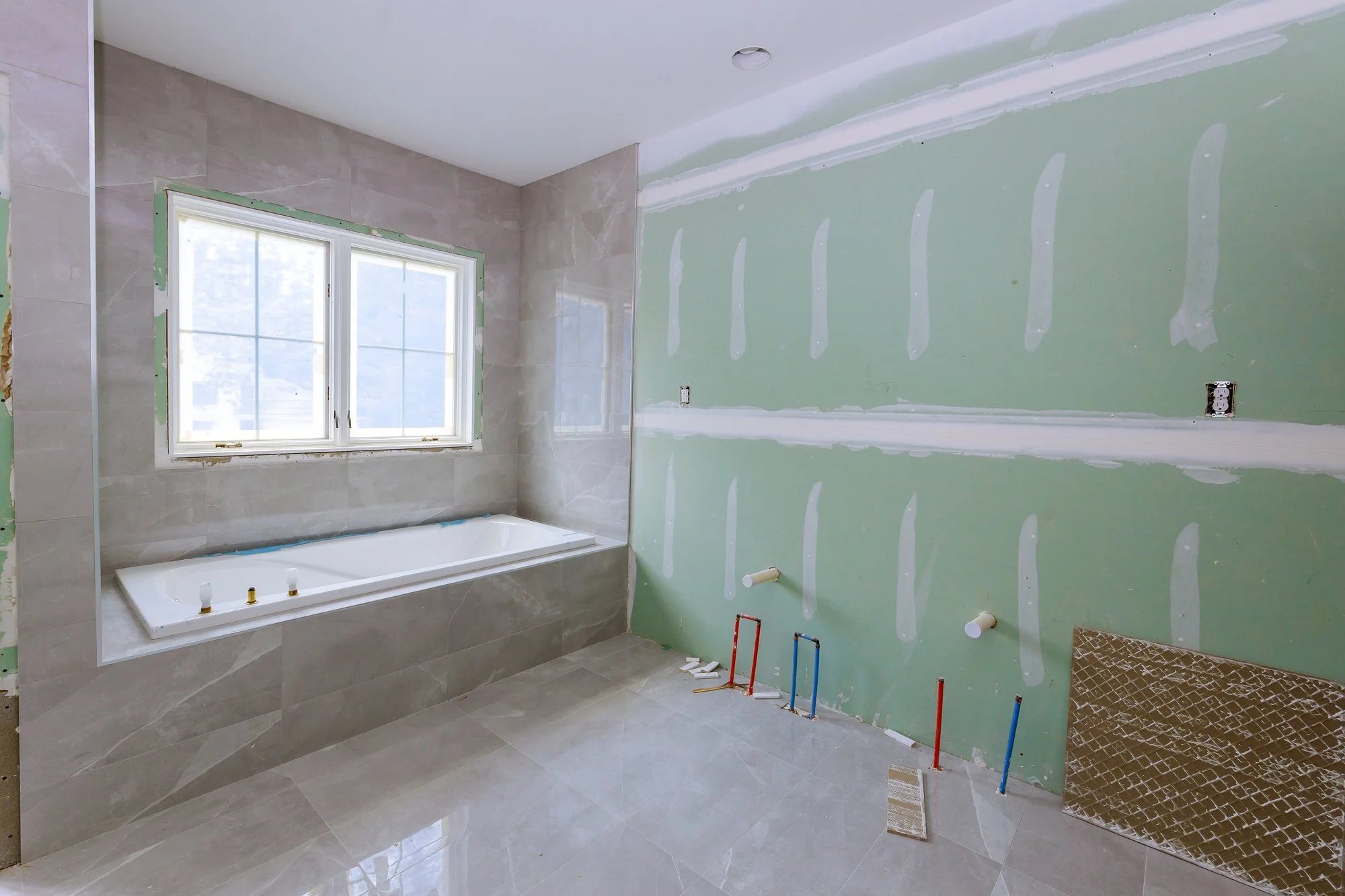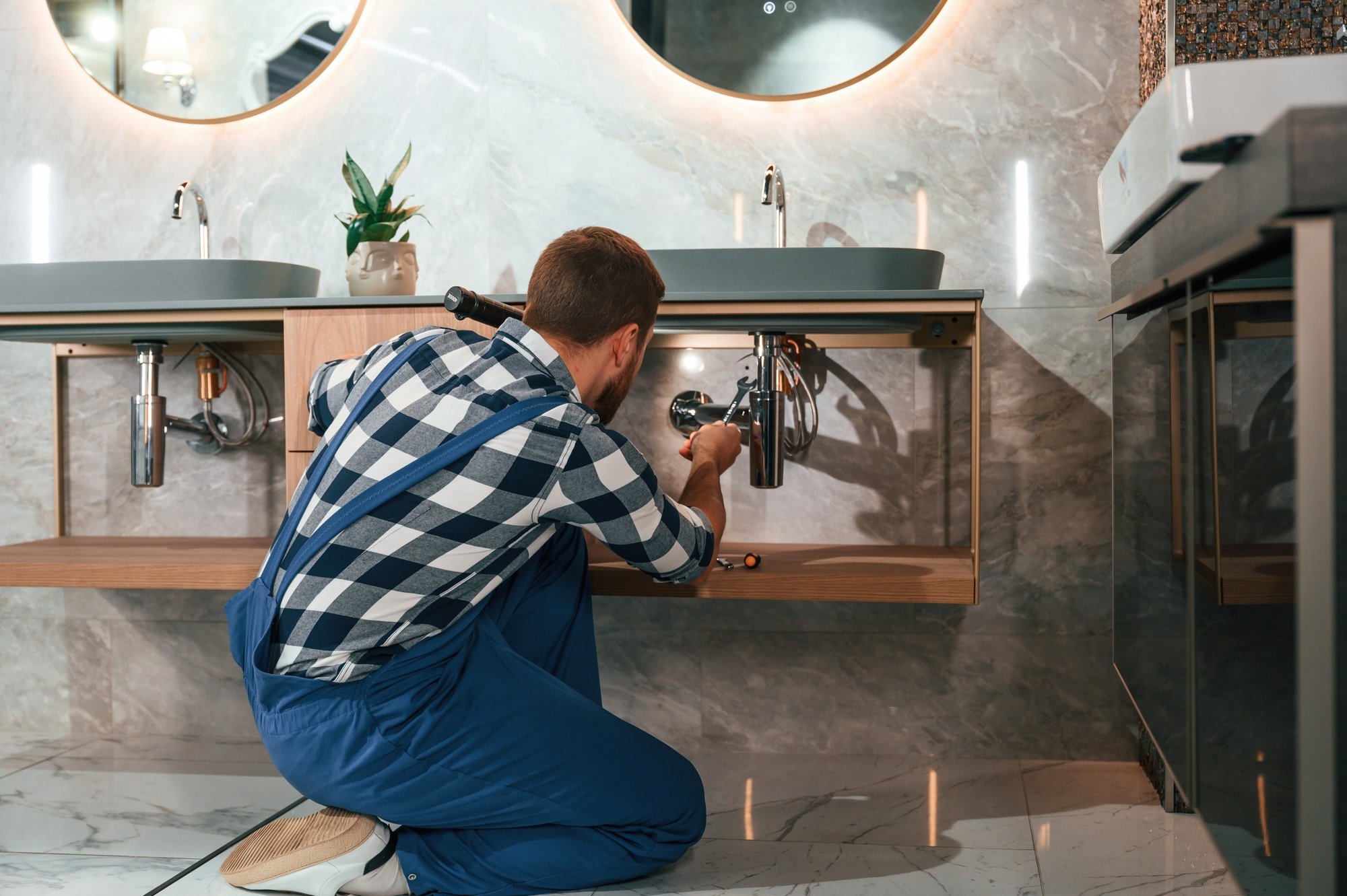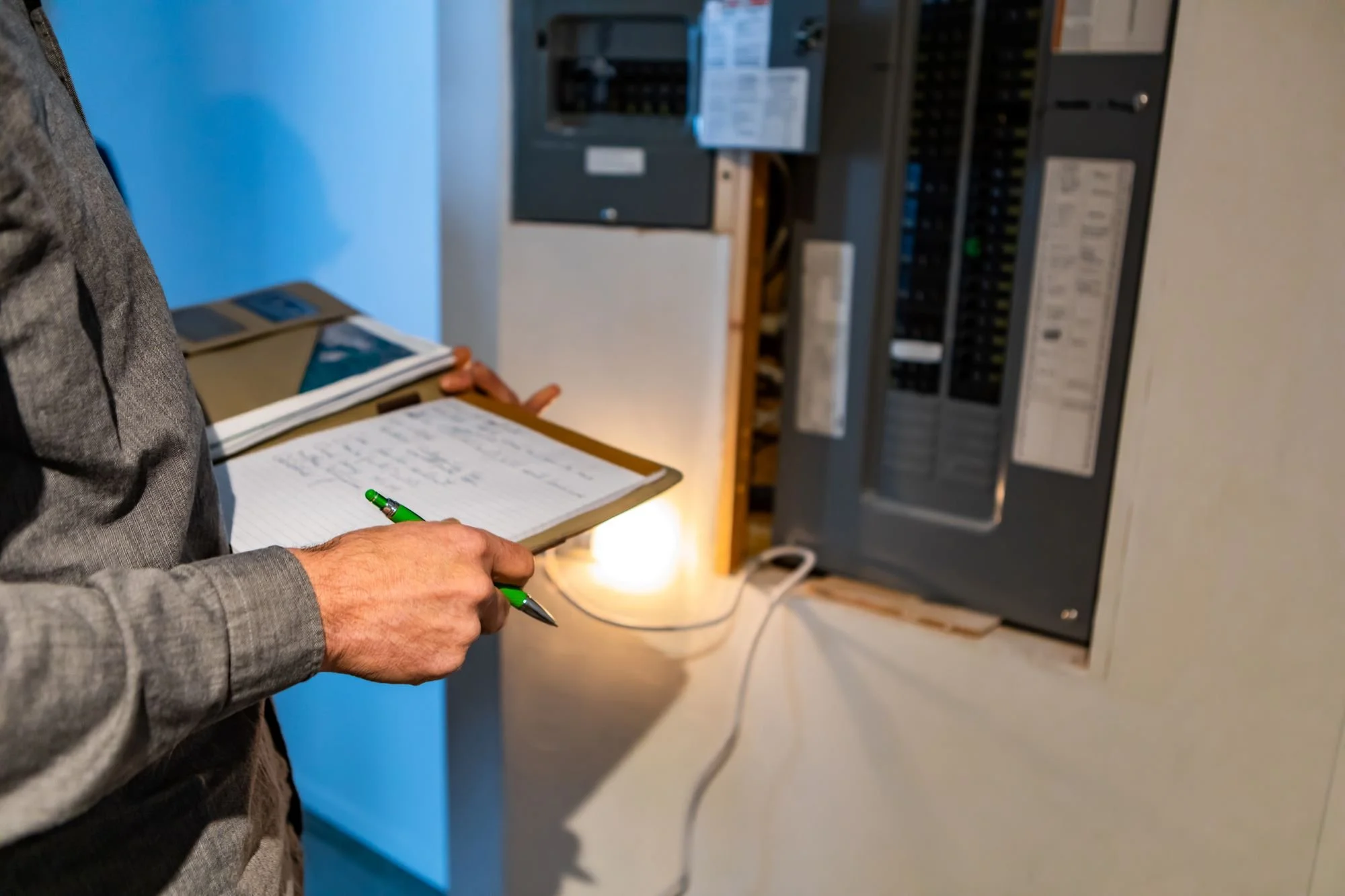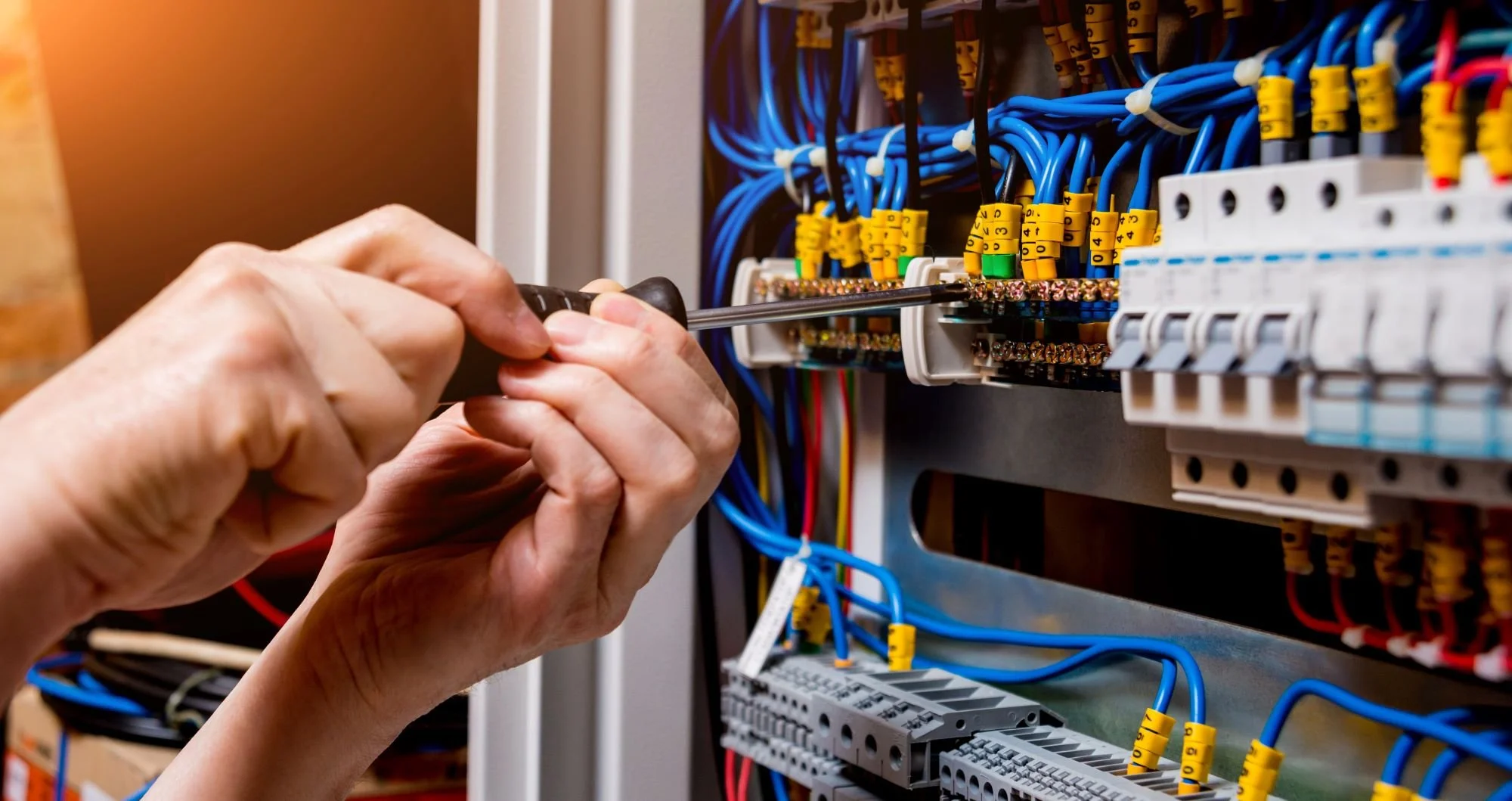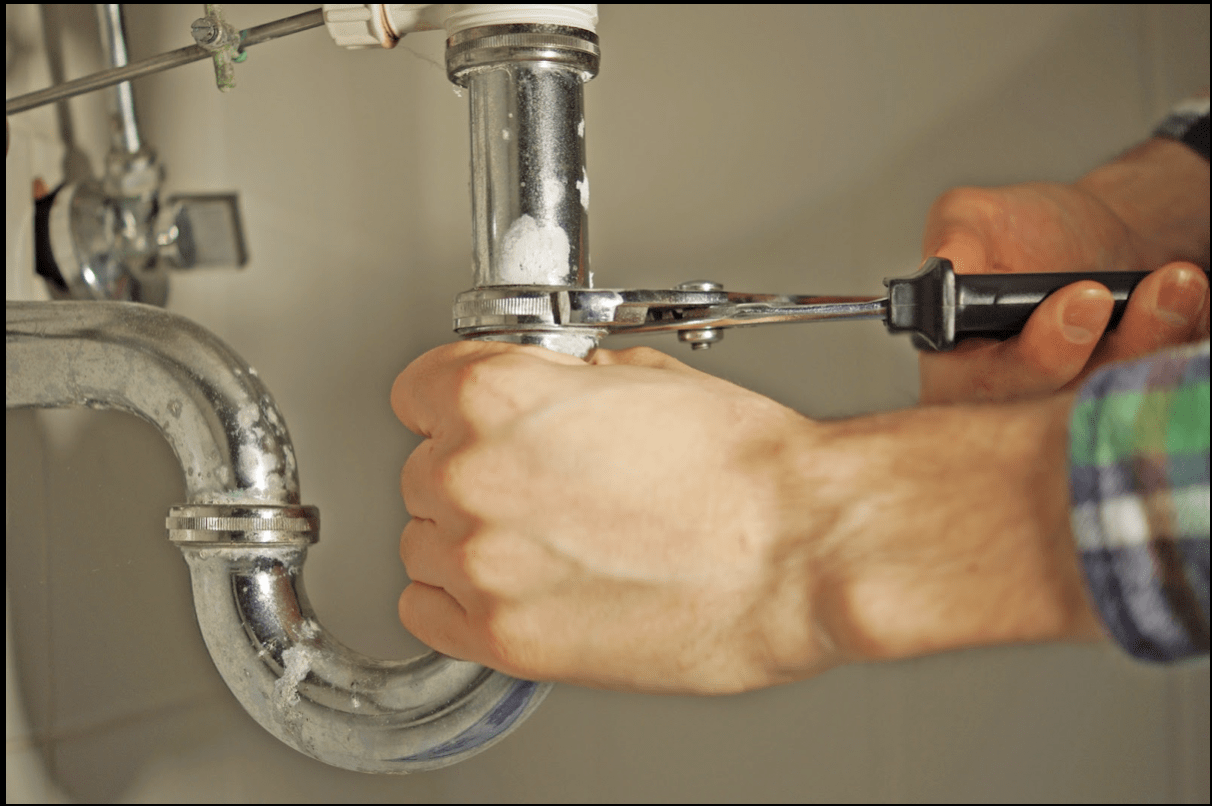5 Ways To Reduce Your Energy Bill With Electrical Upgrades
RH Business Marketing Solutions
5 Ways To Reduce Your Energy Bill With Electrical Upgrades
Are you tired of receiving those eye-popping energy bills every month? The good news is that you have the power to take control of your energy usage and reduce those hefty bills. By implementing strategic electrical upgrades in your home, you can enhance energy efficiency, minimise wastage, and save money in the long run.
1. LED Lighting: Illuminating the Path to Savings
Lighting accounts for a significant portion of a household's energy consumption, but there's a simple solution to slash those lighting-related costs: LED bulbs. Compared to traditional incandescent bulbs, LED lighting is not only more energy-efficient but also last significantly longer, reducing the frequency of replacements and saving you money on maintenance.
By replacing your outdated incandescent or fluorescent bulbs with LED alternatives, you can enjoy the same level of brightness while drastically reducing your energy usage and associated costs. Additionally, consider installing dimmer switches to further optimise your lighting needs and save even more energy.
2. Smart Thermostats: Effortlessly Managing Your Home's Temperature
Heating and cooling your home efficiently is essential for reducing energy consumption. One way to achieve this is by upgrading to a smart thermostat. These intelligent devices learn your preferences and adjust the temperature accordingly, ensuring optimal comfort while minimising energy waste. According to the U.S. Environmental Protection Agency, homeowners can save about 10% a year on heating and cooling costs by using a programmable thermostat.
Smart thermostats offer advanced features such as remote access and geofencing, allowing you to control your home's temperature from anywhere and avoid unnecessary energy usage when you're away. With the ability to set schedules and create customised temperature zones, you can achieve the perfect balance between your heater and AC unit.
3. Energy-Efficient Appliances: From Kitchen to Laundry Room
Did you know that outdated appliances can be significant energy vampires? Upgrading to energy-efficient models not only reduces your energy bill but also contributes to a greener environment. Look for appliances with the ENERGY STAR label, which indicates that they meet strict efficiency standards.
According to a report by the Australian government's Department of Industry, Science, Energy, and Resources, upgrading to energy-efficient appliances, including refrigerators, can save Australian households an average of $135 per year on energy costs. This estimate highlights the potential for significant savings over the lifetime of an ENERGY STAR-certified refrigerator in Australia.
Similarly, energy-efficient washing machines, dishwashers, and air conditioning units can lead to substantial savings while consuming less electricity and water.
4. Energy-Saving Power Strips: Taming the Phantom Load
Even when electronics and appliances are turned off, they often continue to consume energy in a phenomenon known as "phantom load" or "standby power." To tackle this issue, consider using energy-saving power strips, which are intelligent power strips that cut off power to devices that are not in use, eliminating unnecessary energy consumption.
By utilising these energy savers, you can effectively eliminate phantom loads and reduce your energy bill. Look for power strips that have built-in timers, motion sensors, or master outlets that automatically shut off power to connected devices when not in use.
5. Insulation and Weatherstripping: Sealing in Savings
Proper insulation and weatherstripping play a crucial role in reducing energy waste by preventing heat transfer and air leakage. Poor insulation can cause significant energy loss, forcing your heating or cooling systems to work harder and consume more energy. By upgrading insulation in your walls, attic, and floors, you can create a more energy-efficient and comfortable home environment.
In addition, installing weatherstripping around windows and doors helps seal gaps, preventing drafts and heat loss. This simple and cost-effective upgrade can significantly improve energy efficiency, reducing the strain on your HVAC system and saving you money on heating and cooling costs.
Transition to a Leaner and Greener Home Today
Reducing your energy bill doesn't have to be a daunting task. By implementing these electrical upgrades, you can take significant steps towards achieving energy efficiency, lowering your environmental footprint, and saving money. From switching to LED lighting and utilising smart thermostats to upgrading to energy-efficient appliances and implementing power-saving strategies, each upgrade contributes to a more sustainable and cost-effective home.
Remember, energy savings are not limited to one-time adjustments but rather an ongoing commitment to making conscious choices. By embracing these electrical upgrades and seeking the support of an experienced electrician, you not only gain control over your energy usage but also contribute to a greener future.
So, why not take the first step today and start reaping the benefits of reduced energy bills while making a positive impact on the environment?
Your home and wallet will thank you.

